I. Vue d’ensemble de l’indicateur de passage du racleur EMT
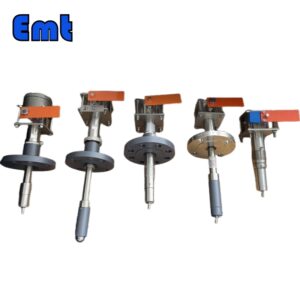
Introduction à la technologie et à l’objectif
L’indicateur de passage de racleur EMT représente un bond en avant dans la technologie de maintenance des pipelines. À la base, ce dispositif est conçu pour fournir une surveillance précise et en temps réel des passages de racleurs dans les pipelines. Son rôle principal est d’assurer la continuité opérationnelle et d’éviter tout temps d’arrêt causé par l’incertitude de l’emplacement et du mouvement des porcs. De plus, grâce à son mécanisme de déclenchement avancé, il permet une intégration transparente dans les systèmes de canalisations existants. Cela améliore leur efficacité et leur sécurité.
Description des types d’affichage et de leurs fonctions
En ce qui concerne les spécificités, l’indicateur de passage de racleur EMT comprend quatre options d’affichage distinctes, chacune conçue pour répondre à divers besoins de surveillance :
L’affichage B se distingue comme l’indicateur fondamental, avec un drapeau d’indication qui pivote d’une position horizontale à une position verticale lors du passage du porc. Ce repère visuel est simple mais efficace pour des vérifications manuelles rapides.
Le C Display va encore plus loin en intégrant une réponse mécanique. Il déplace non seulement le drapeau d’indication, mais engage également un interrupteur SPDT ou DPDT. Cette action est maintenue, fournissant un signal durable jusqu’à ce qu’elle soit réinitialisée manuellement ou automatiquement.
Le D Display est le savant numérique du groupe, lançant une minuterie numérique qui capture et stocke le moment exact de la détection des porcs. Associé à l’activation de l’interrupteur similaire à celle de l’écran C, il ajoute une couche de précision sensible au temps à l’opération.
L’écran CD est l’hybride, combinant la vigilance mécanique de l’écran C avec les prouesses d’enregistrement du temps de l’écran D. Il est doté d’un mécanisme de déclenchement qui se réinitialise après le passage du racleur, garantissant que le système est prêt pour le cycle suivant sans intervention manuelle.
Explication des configurations de montage
Enfin, lorsque nous nous penchons sur les configurations de montage, l’indicateur de passage de racleur EMT fait preuve de polyvalence. Le modèle se terminant par REUV est conçu pour les scénarios où la vanne à bille supérieure est préférée, généralement au-dessus de la fondation. À l’inverse, les modèles se terminant par REDV sont adaptés aux situations nécessitant l’installation d’un robinet à boisseau sphérique inférieur, sous le niveau de la fondation. Cette prise en compte réfléchie des nuances d’installation souligne l’adaptabilité de l’appareil à diverses configurations industrielles.
En résumé, l’indicateur de passage de racleur EMT n’est pas seulement un outil, mais une solution complète, répondant aux exigences nuancées de la surveillance des pipelines avec précision et adaptabilité.
II. Processus d’installation
Préparation du pipeline
Avant le début de l’installation physique, il est primordial de préparer le pipeline pour assurer une correspondance parfaite avec l’indicateur de passage de racleur EMT. Cette phase de préparation consiste à vérifier que la bride est conforme aux spécifications standardisées. Que vous vous aligniez sur la norme éprouvée ANSI B 16.5 ou sur une conception de bride sur mesure, la conformité est la clé d’une installation réussie.
De plus, l’attention portée aux détails est cruciale lorsqu’il s’agit de l’aspect spatial de l’installation. Il doit y avoir un dégagement de 150 mm ou une distance personnalisée qui correspond aux exigences spécifiques entre la face supérieure de la bride et la paroi interne du tuyau. Cet espace est essentiel pour le bon fonctionnement de l’indicateur une fois installé.
Instructions de montage
Lorsque nous passons à l’assemblage, le processus commence par la mise en place du joint d’étanchéité. Ce composant est essentiel pour obtenir une étanchéité à l’air et doit être compatible avec le type de bride ; pour une bride RF, un joint de 3,2 mm est standard. S’assurer que le joint est correctement positionné préparera le terrain pour le fonctionnement optimal de l’indicateur.
Ensuite, d’une main prudente, l’extrémité de la gâchette de l’indicateur doit être insérée dans le tuyau. Cette étape est cruciale car le déclencheur est au cœur de la capacité de détection de l’appareil. Une fois la gâchette en place, la bride peut être fixée. Pour ce faire, il faut l’aligner avec l’interface du pipeline et le fixer fermement à l’aide de boulons. Mariant ainsi l’indicateur au pipeline.
Réglage de l’orientation de l’affichage
Concentrons-nous maintenant sur le réglage précis de l’orientation de l’affichage, un aspect qui peut sembler mineur mais qui est important pour la lisibilité et la facilité d’utilisation.
Pour les écrans B, C et CD, le réglage est simple. Commencez par desserrer légèrement les quatre écrous situés sous la bride carrée de l’écran. Ensuite, d’un mouvement doux mais délibéré, tournez l’écran dans le sens des aiguilles d’une montre jusqu’à la position souhaitée. Une fois satisfait de l’alignement, les écrous doivent être resserrés pour verrouiller l’écran en place.
L’écran D, avec sa sophistication numérique, nécessite une approche différente. Ici, vous devrez dévisser l’écrou moleté qui se trouve sous l’écran. Cela vous permet d’ajuster l’affichage à la bonne orientation. Après avoir effectué le réglage, fixez à nouveau l’écrou moleté pour vous assurer que l’écran reste fixé dans la position choisie.
Tout au long du processus d’installation, il est essentiel de procéder avec précision et douceur. Ces marches ont été méticuleusement conçues pour s’assurer qu’une fois installées. L’indicateur de passage de racleur EMT fonctionne parfaitement et fait partie intégrante de votre infrastructure de pipeline.
III. Maintenance et entretien
Identification des dommages et des fuites de joints
L’entretien régulier est la pierre angulaire de la longévité de tout système mécanique, et l’indicateur de passage de racleur EMT ne fait pas exception. La première étape de l’entretien de cet appareil consiste à garder un œil vigilant sur tout signe d’endommagement ou de fuite du joint. De tels problèmes peuvent compromettre l’intégrité du système, entraînant des inefficacités opérationnelles, voire des temps d’arrêt. Si vous remarquez de l’humidité ou des résidus qui suggèrent une fuite, c’est un signe révélateur que les joints peuvent nécessiter une attention particulière.
Instructions de remplacement des joints externes
Si vous rencontrez un joint externe compromis, une action rapide est nécessaire pour restaurer le système à sa pleine capacité. Le remplacement d’un joint externe est une procédure simple qui peut généralement être effectuée sur le terrain. Tout d’abord, assurez-vous que le système est dépressurisé, en suivant les protocoles de sécurité pour protéger à la fois le personnel et l’équipement. Une fois en sécurité, vous pouvez retirer le joint endommagé et le remplacer par un nouveau, en vous assurant qu’il est correctement en place pour rétablir un joint robuste.
Entretien des joints internes par le fabricant
À l’inverse, les joints internes présentent un défi plus complexe et ne sont généralement pas candidats à l’entretien sur site. Pour ces composants, il est préférable de se tourner vers des professionnels. Contactez le fabricant pour l’entretien, car il possède les outils spécialisés et l’expertise nécessaires pour réparer ou remplacer les joints internes sans compromettre la fonctionnalité de l’indicateur.
Relâchement de la pression pour le retrait du détecteur de racleur non récupérable
Dans le cas où un détecteur de racleur non récupérable doit être retiré, il est crucial de relâcher correctement toute pression à l’intérieur de la canalisation pour maintenir un environnement de travail sûr. Le processus doit être exécuté avec précision et soin, en veillant à ce que toute pression soit relâchée avant toute tentative de démontage du détecteur de la canalisation.
Outils spéciaux pour l’enlèvement du noyau du détecteur de porc récupérable
Des outils spécialisés sont nécessaires pour retirer le noyau d’un détecteur de porc récupérable. Ces outils sont conçus pour faciliter la procédure lorsque le système est sous pression, ce qui permet d’effectuer la maintenance sans qu’il soit nécessaire de procéder à un arrêt complet du système, ce qui constitue un avantage significatif pour maintenir la continuité opérationnelle.
Spécificités pour SN2-TQZ-x-REDV sous pression
Lors de la maintenance du modèle SN2-TQZ-x-REDV sous pression, un ensemble spécialisé d’étapes et d’outils est impliqué. Ceux-ci incluent l’utilisation d’un long boulon et d’un écrou standard, ainsi que d’une clé commune. Il est essentiel de suivre la documentation détaillée fournie pour s’assurer que la procédure est effectuée de manière sûre et efficace.
Spécificités pour SN2-TQZ-x-REUV sous pression
De même, le modèle SN2-TQZ-x-REUV nécessite son propre ensemble d’outils et de procédures pour la maintenance sous pression. Le respect des directives spécifiques à ce modèle garantit que les composants internes peuvent être accessibles et entretenus sans compromettre l’intégrité du système ou la sécurité du personnel de maintenance.
En conclusion, l’entretien de l’indicateur de passage de racleur EMT est un processus qui allie vigilance et précision. En suivant ces directives et en adoptant une approche proactive de l’entretien et de la maintenance. Vous assurerez ainsi la fiabilité et la longévité de cet outil indispensable de surveillance des pipelines.
IV..estival
En fin de compte, l’indicateur de passage de racleur EMT est un outil essentiel pour la surveillance et la détection en temps réel des passages de racleurs à l’intérieur des pipelines, assurant le bon fonctionnement et la maintenance des systèmes de canalisations. Il offre une gamme de types d’affichage : B, C, D. et CD, chacun conçu pour répondre à des besoins opérationnels spécifiques avec des signaux visuels et mécaniques, ainsi que des capacités de suivi numérique. Avec des configurations de montage flexibles telles que REUV et REDV, il s’adapte à divers scénarios d’installation.
Le processus d’installation est méticuleusement décrit, mettant l’accent sur l’importance d’une bonne préparation, d’un assemblage précis et d’une orientation soignée des présentoirs. Les protocoles de maintenance et d’entretien soulignent la nécessité d’inspections régulières pour identifier les dommages aux joints, des instructions simples pour le remplacement des joints externes et la nécessité d’une intervention du fabricant pour les joints internes. De plus, la section sur l’entretien couvre le retrait en toute sécurité des détecteurs de racleurs non récupérables et l’utilisation d’outils spécialisés pour l’entretien des modèles récupérables sous pression.
Dans l’ensemble, l’indicateur de passage de racleur EMT est un appareil robuste et fiable qui. Lorsqu’il est installé et entretenu correctement, il devient un élément essentiel au maintien de l’efficacité, de la sécurité et de l’intégrité des opérations pipelinières.


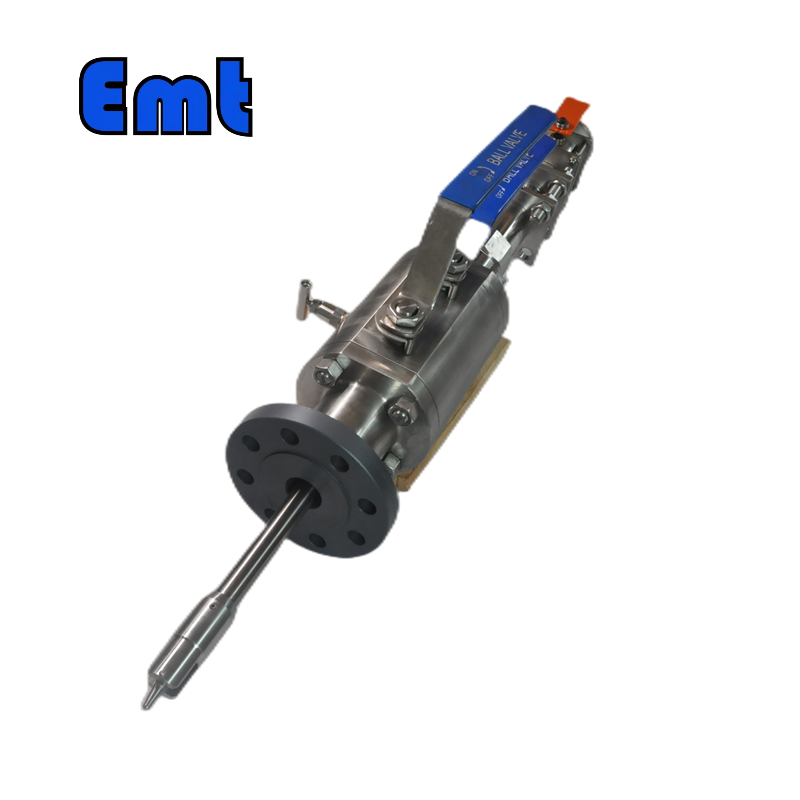
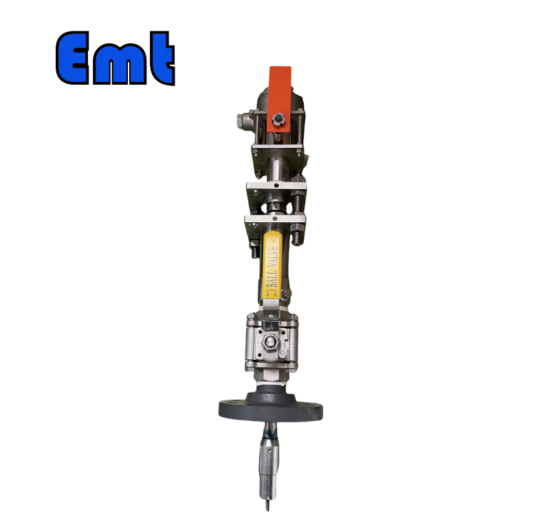
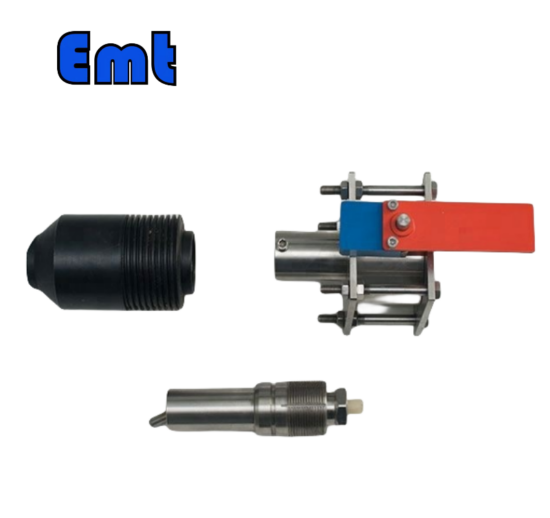
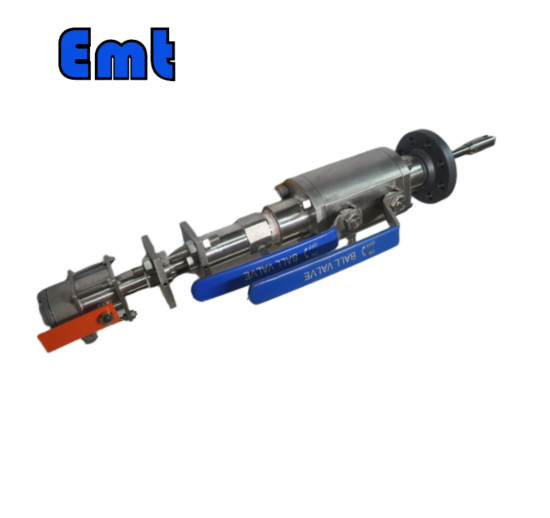
Il n’y a pas encore d’avis.